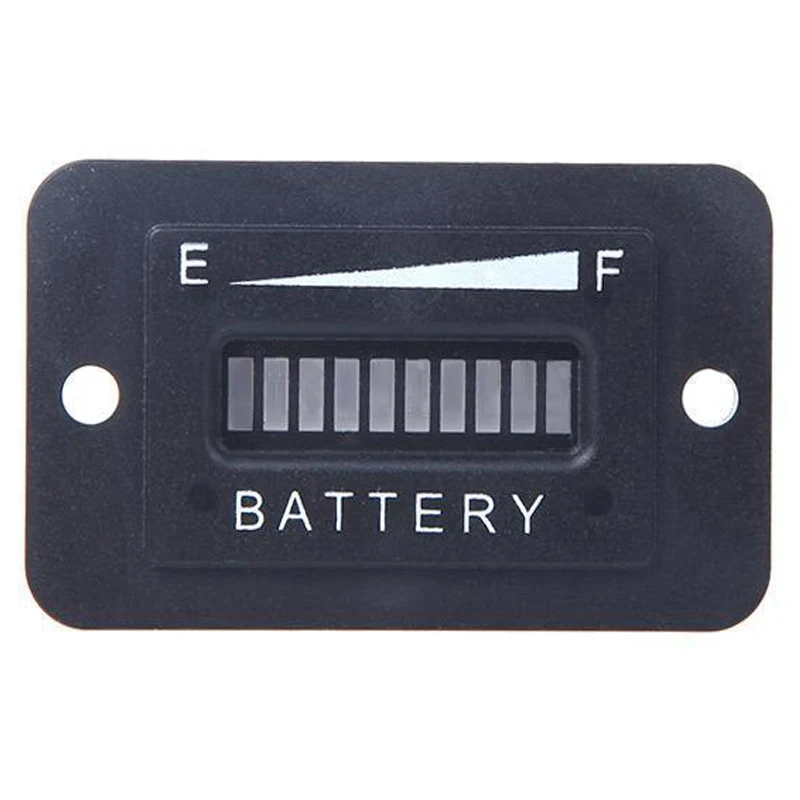


You can generate a battery report with an array of details. It can also help if you need to replace the battery and want to make sure you get the same type. This information can be helpful if your laptop is getting older and the battery doesn’t have as much pep as it once did. Let’s say you’d like to know more about your battery charge, capacity, and history. You can also enable the Battery Saver option, which lowers screen brightness and changes other factors to try to preserve the battery charge if it falls below a certain point ( Figure B).

At the Settings window, you can tweak certain features that affect your battery life, such as screen brightness. In many cases, you can also adjust the Power Mode settings from here to strike a balance between best performance and best battery life ( Figure A).įrom there, you can further view and adjust your battery options by clicking on the link for Battery settings. Click on the battery icon on the Taskbar, and a notification should show you the percentage of remaining charge available as well as the number of hours and minutes until the charge runs out.
#Battery status meter windows 10#
SEE: Windows 10 power tips: Secret shortcuts to your favorite settings (TechRepublic Premium)įirst, you can easily check on your battery’s current charge.
#Battery status meter how to#
Let’s check out how to generate a battery report in Windows.
#Battery status meter serial#
Using the command-line tool powercfg, you can generate a report with the battery name, manufacturer, serial number, chemistry, cycle count, and usage history. But you can also find greater details on your battery charge and battery history. Windows offers you a quick view of your battery status in the Taskbar so you can see how much percentage and how much time are left on your current charge. For more info, visit our Terms of Use page. This may influence how and where their products appear on our site, but vendors cannot pay to influence the content of our reviews. We may be compensated by vendors who appear on this page through methods such as affiliate links or sponsored partnerships. Learn how to dig up lots of data on your battery with a handy command built into Windows. If you see a reading of less than 11.8 volts, the battery is weak and needs recharging or replacement.How to check your battery status and history in Windows A good battery should have a voltage of 12.5 volts. If everything is fine, use a voltmeter to check the battery voltage. You can start by checking the battery for cracks or bulging sides. An empty battery can cause you to be stranded in dangerous places. It is important to check the battery voltage occasionally. Apply some Vaseline or grease to the poles before closing the cover to prevent corrosion. Replace the terminals, starting with the positive terminals. Make sure that the battery does not rock sideways. Place the cleaned battery on the battery compartment and screw it in place. Repeat the procedure with the connectors.Ĭheck the battery carrier for signs of corrosion and make sure there are no mixing screws. Pour the ingredients into a container and wash the top and side of the battery with the soft brush. All you need is some baking soda, water and a soft brush. If the battery has cracks, you must replace it.īefore you put the battery back in the battery carrier, you must clean it. Next, inspect the battery terminals and look at the insulation. Doming of the battery is the result of overcharging. Place the battery on a flat surface and check that no bulge has formed on the surface of the battery. To do this, you must first disconnect the battery terminals and then remove the battery from the car. A physical examination of the car battery is essential to detect any cracks.


 0 kommentar(er)
0 kommentar(er)
